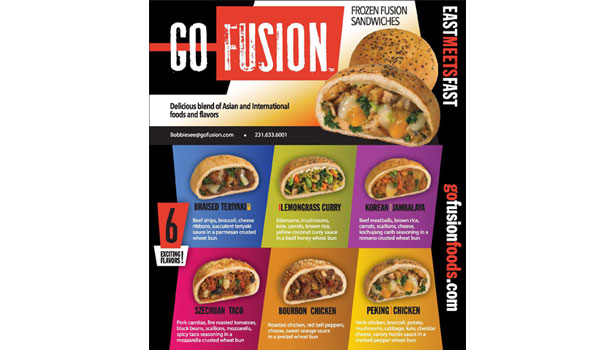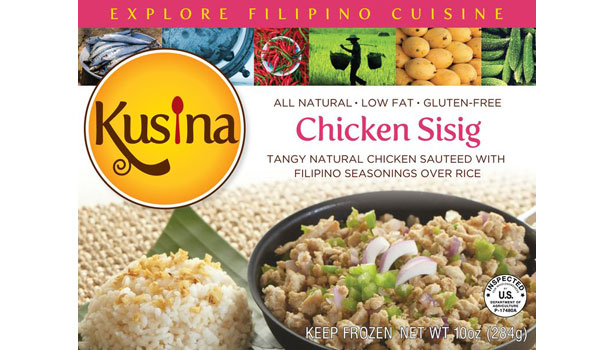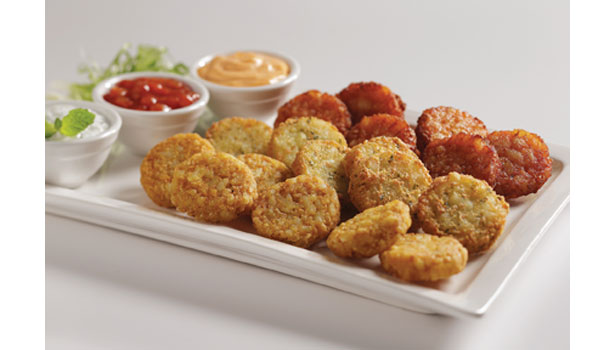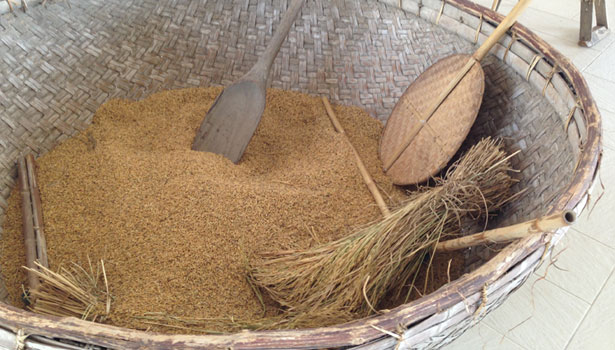Building an Asian Pantry
Evolution in Chains
Market Maneuvers
 Retail
Retail
 Retail
Retail
 “We found consumers throughout Asia are interested in experimenting with foods that draw on regional flavors and themes,” says Lisa Bescherer, director of International Marketing, Lamb Weston. “Using that research, we turned our culinary experts loose to develop potato products that would satisfy local cravings.”
“We found consumers throughout Asia are interested in experimenting with foods that draw on regional flavors and themes,” says Lisa Bescherer, director of International Marketing, Lamb Weston. “Using that research, we turned our culinary experts loose to develop potato products that would satisfy local cravings.”


 The Rice Stuff
The Rice Stuff
